The story of the Sunderland women who kept industry flowing as war came to Britain
and live on Freeview channel 276
They would walk miles to get to their jobs and then put in nearly 100 hours a week at work during the Second World War.
The sheer determination has been revealed by historians at the Sunderland Antiquarian Society.
Advertisement
Hide AdAdvertisement
Hide AdIn a story to the society newsletter, it describes how women would work all hours but often with lower pay than men.
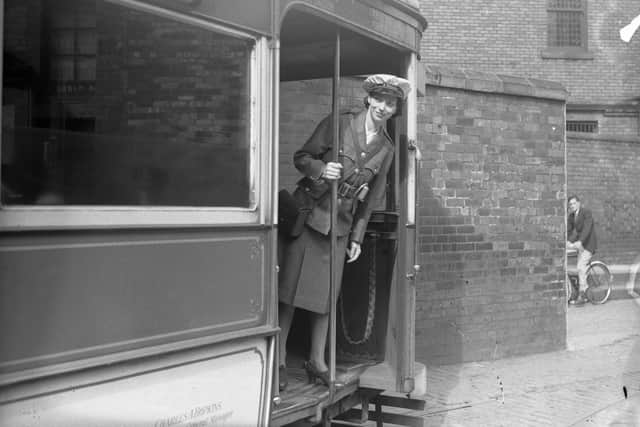

No equal pay
Despite women again stepping into the jobs vacated by men joining the Forces – this time in the fight against the Nazis – they did not receive the same pay.
In 1943, bus conductresses earned £3 10 shillings per week compared to their male colleagues who picked up £4 10 shillings in their pay packet. Mary ‘Molly’ Parker was one of the clippies working on the tramcars. She had to walk the two miles from her home in Durham Road, East Herrington to the Humbledon terminus.
Her shifts could start anywhere from 5am to midnight and Molly recalled: “On several occasions when there had been a lot of sickness among the staff I have been called upon to work 96 hours a week”.
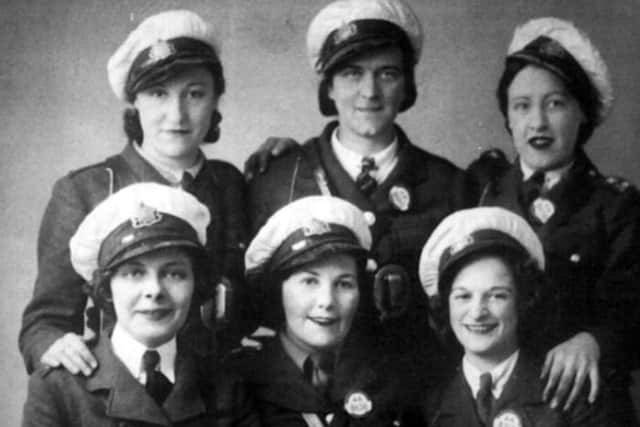

Advertisement
Hide AdAdvertisement
Hide AdIn January 1946, Molly was awarded the British Empire Medal for “devotion to duty”.
Shipyards
One of the largest employers of women was the Wear’s shipyards and marine engineering works. During the conflict, 700 women worked in the shipyards and a further 1,000 in marine engine shops. Most women who entered the yards in wartime were labourers – such as those helping
platers at Doxford’s.
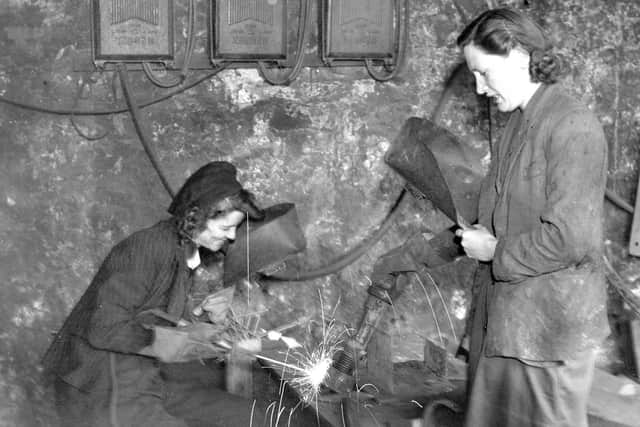

Traditional employers of women before the war, such as the town’s roperies, glassworks, potteries, shops and breweries, continued to play
their part in keeping everyday life going through the war years.
Advertisement
Hide AdAdvertisement
Hide AdBy the middle of 1943 almost 90% of single women and 80% of married women in Britain were employed in essential war work.
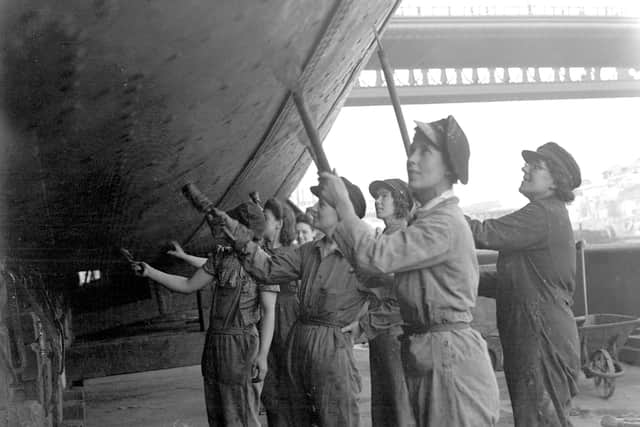

Auxiliary Territorial Service
For those women who were not in employment one of the options was the Auxiliary Territorial Service (ATS).
Recruits to the ATS were employed initially as cooks, clerks and storekeepers and then later in the war as drivers, postal workers and ammunition inspectors.
In November 1941 the ATS was appealing for 1,000 Sunderland girls to join up. For those wanting more information there were interviewing officers based at the Employment Exchange and ATS Advice Bureau located in Jopling’s store in High Street West and Share’s shop in Fawcett Street.
The men return
Advertisement
Hide AdAdvertisement
Hide AdWhen the war ended, men returned and reclaimed their jobs. By the end of 1945, only around 100 women remained employed in Sunderland’s shipyards.
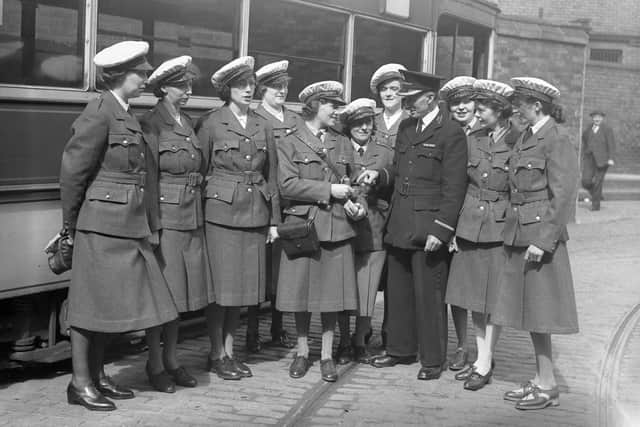

The different pay rates between Sunderland conductors and conductresses in wartime was not an isolated case but was normal workplace practice. When the war was over the wage war was certainly not and the fight for equal pay for men and women was to continue for many years to come.
To find out more about the history of Sunderland, visit the Antiquarian Society’s Facebook page or its website at http://www.sunderland-antiquarians.org
We would also like to hear your views on other aspects of Sunderland history. Tell us which part of Wearside’s past you would like us to cover by emailing [email protected]